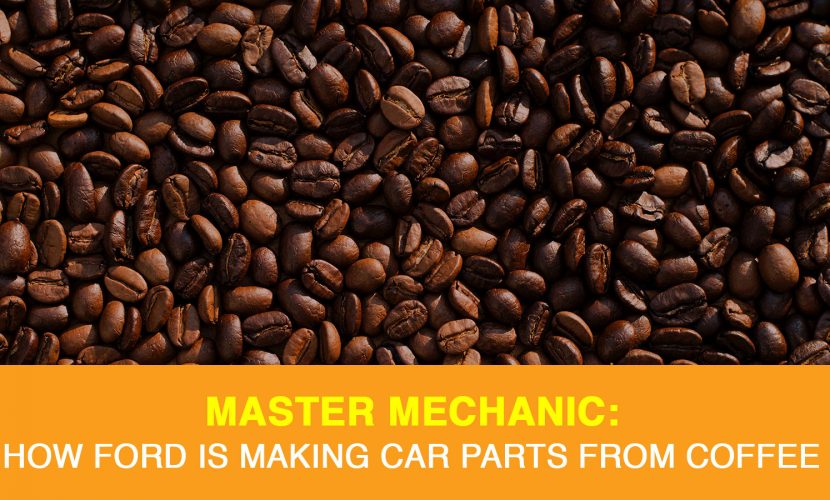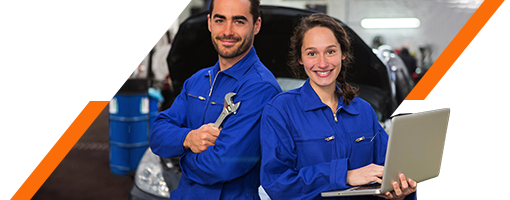
Master Mechanic: How Ford Is Making Car Parts From Coffee
At Master Mechanic, we’re all for innovation in the automotive industry–especially when that innovation helps reduce the environmental impact of vehicles on the road. That said, even we were surprised when we heard that Ford Motors and McDonald’s were teaming up for a project to do just that. How, is an interesting as the partnership itself.
McDonald’s serves over a billion cups of coffee each year, which means there’s a lot of associated waste involved in the production process. As an example, after roasting coffee beans, the skin, known as the chaff, must be removed and discarded. While it can be composted, it is often burned and sent to landfills instead. Each week, coffee roasters in North America produce 1.2 million pounds of chaff alone with no current use for it. That’s where Ford comes in.
Debbie Miewelski, Ford’s senior technical leader of materials sustainability, recently challenged her team to explore the potential of coffee by-products for vehicle parts.
Coffee into For Car Parts?
As common members of the World Wildlife Foundation’s Bioplastic Feedstock Alliance, it was easy for Ford and McDonald’s to begin collaborating. The team at Ford discovered they could heat the coffee by-product (chaff) under unique conditions and mix it with plastic to create a strong, heat-resistant composite. This composite just so happens to be the perfect material for a car’s headlamp. We say perfect because not only are the new headlamps more environmentally friendly than what Ford is currently using, they’re 20% lighter!
Drivers will begin seeing the new composite headlamps in Ford Mustangs and Lincoln Continentals in 2020.
Ford: A History of Environmental Innovation
This is not the first time that Ford has implemented an environmentally friendly alternative in their cars. From coconut fibre mats in the Ford Focus to rice hull electrical covers in the Ford F150, and a cellulose-based composite made from recycled paper waste in some center consoles and cupholders, they’ve always been committed to reducing the impact of their vehicles.
These innovations don’t just help lower the environmental impact of Ford drivers, either. Ever since Miewelski came up with a soy-based foam that could be used in car seats and cushions 20 years ago, Ford has been sharing their inventions with all companies. You heard that correctly. In the environmental space, Ford does not charge licensing fees for companies that want to use the technology. It’s a completely non-competitive space that’s focused purely on the benefiting the environment and slowing climate change. That’s something we certainly respect and applaud!
If you have any questions or concerns about your vehicle, don’t hesitate to contact your local Master Mechanic–or stop by for a coffee. We’re always happy to help diagnose the issue and provide you with options on how to proceed.

